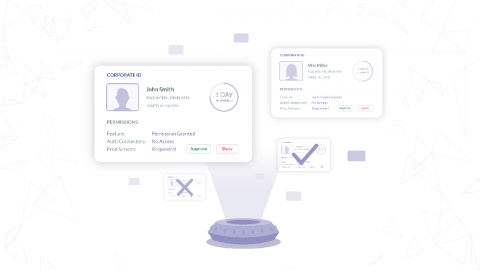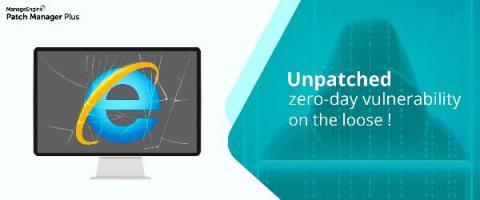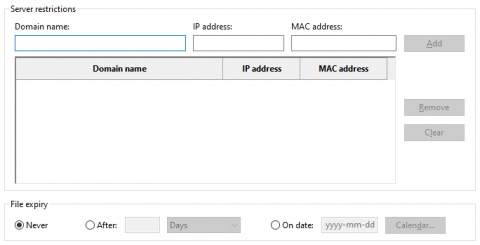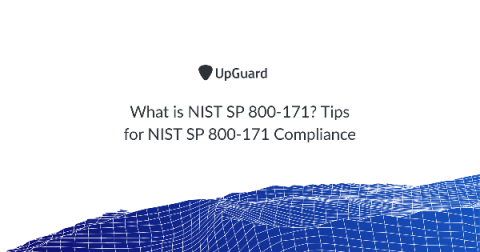The NHS has suffered only six ransomware attacks since the WannaCry worm, investigation reveals
An investigation claims that the UK’s National Health Service, which was hit hard by the notorious WannaCry worm in 2017, has seen a marked fall in ransomware attacks since. A report published by Comparitech, based upon Freedom of Information requests, reveals the somewhat surprising news that since WannaCry there have only been six recorded ransomware attacks against the NHS.










